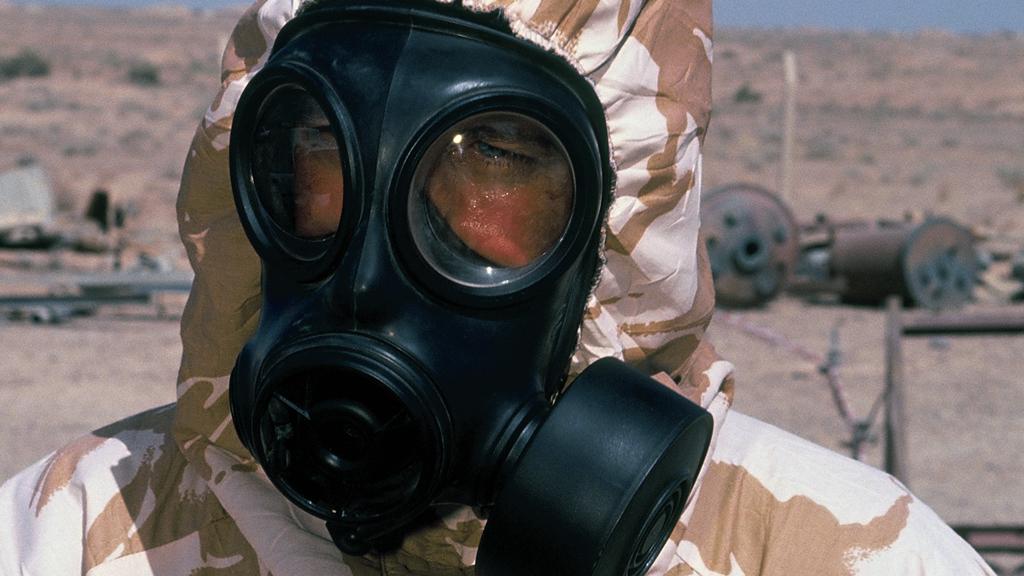A Weapon of Mass Destruction (WMD), for the purpose of this introduction, refers to the weaponisation of chemical, biological, radiological and nuclear material and reactions. WMD Demilitarisation (WMDD) involves the rendering unusable of a WMD through dismantling of the carrier or device and neutralisation and/or containment of the payload. In extremis the demolition/destruction of a device with appropriate containment measures implemented may have to be considered.
Currently, the most likely WMD to be confronted during peacetime, conflict or post conflict area clearance are those with a chemical payload. The use of biological weapons has, as far as can be determined, been confined to terrorist incidents, nuclear weapons have only been used once during conflict. Radiological weapons have not been used although radioactive sources used in medicine, industry and research subjected to attack may pose a risk during and after conflict as may the depleted uranium particles dispersed to the atmosphere when anti-tank munitions strike their targets.
Chemical weapons (CW) were widely used during World War 1 and pose an ongoing threat particularly in the battlefields of Belgium and France. Unused stockpiles were dismantled, buried or sea dumped and these legacy weapons continue to be found as do remnants of World War 2 CW which were manufactured and stored but never deployed. More recently the 1980 to 1988 Iraq Iran War witnessed both belligerents use CW although it was Iraq that manufactured and used the greater number. It has been alleged that the Soviet Military used CW in Afghanistan, Cambodia and Laos and the Russian allied Syrians have deployed chemical weapons against civilian populations in the ongoing Syrian Civil War. Terrorist use of chemical weapons/chemical agent includes ISIS utilising legacy CW in Iraq and Russian use against political opponents and defectors most notably the Salisbury, UK Novichok attack.
Demilitarisation of CW is relatively straight forward involving the separation of the payload from the means of dispersal, most usually a small explosive charge, and the incineration or neutralisation of the CW agent. Although not always possible, CW component separation should be undertaken in a containment structure by demilitarisation personnel wearing Individual Protection Equipment or robotic systems.
